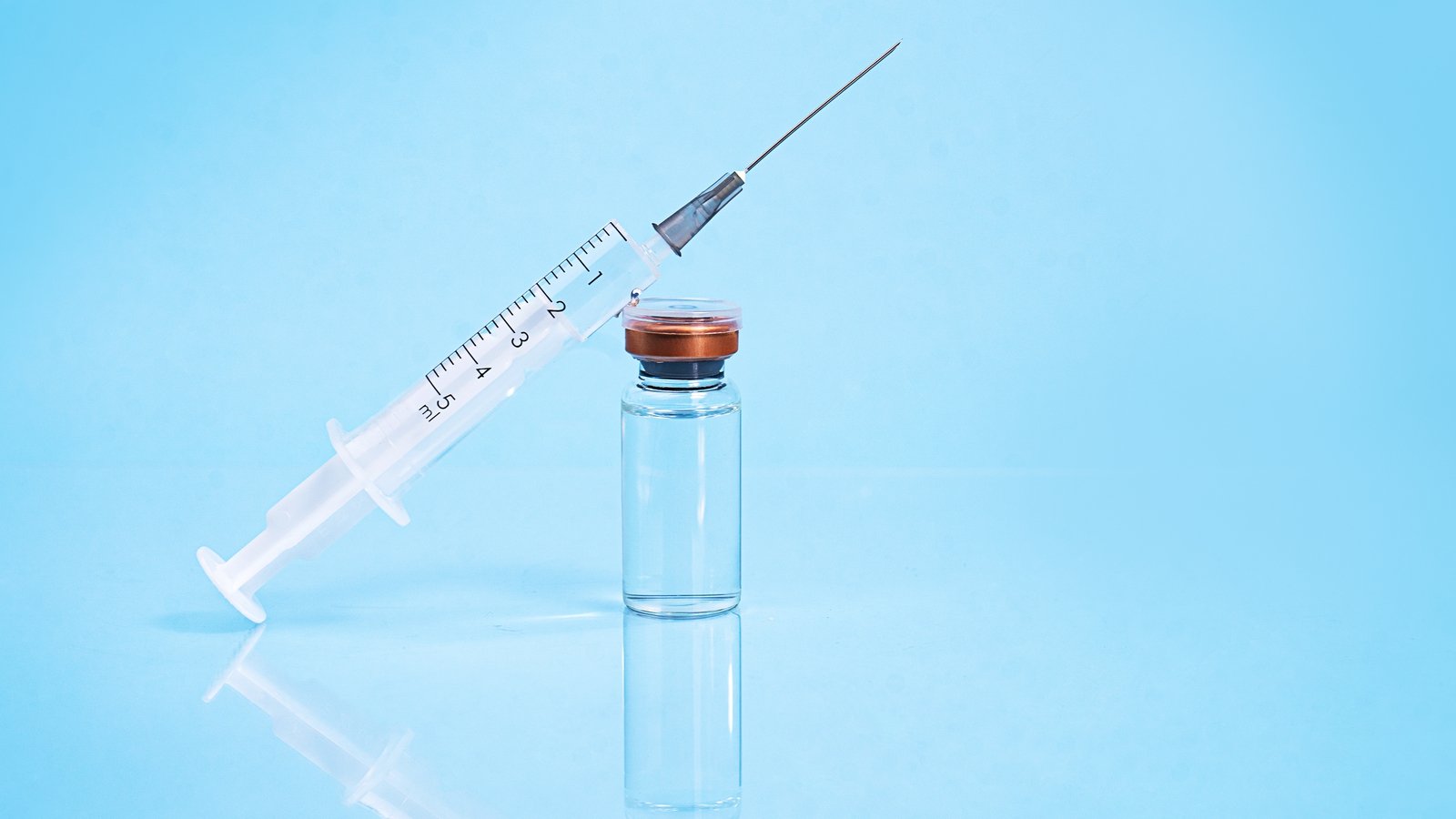The psychology of why so many young people die on our roads

Since 2019, people aged between 16 and 25 represent about 20% of all road deaths despite making up just 12% of the population.
That trend is sadly continuing in 2024. Of the 61 deaths on Irish roads so far this year, a quarter were from that age group.
Young men make up the bulk of those fatalities. But why are young people, and young males in particular, more likely to die on our roads?
Prime Time has been speaking to Dr Michael Gormley, an Assistant Professor of Psychology at Trinity College Dublin, who has spent much of his career considering that exact question.
While there’s no definitive reason that young people are the most likely demographic to be involved in a fatal road traffic collision, Dr Gormley says there are several key indicators that can help us understand why it happens disproportionately.
The media, he says, can get caught up in searching for simple explanations like cognitive development but he is keen to dispel several “myths” when discussing road safety.
“There’s a particular part of the brain, the prefrontal cortex, which is involved in decision making. And it’s not fully developed until you’re about 28. It’s one small contributing factor among many, but what the media like to do is simplify,” Dr Gormley told Prime Time.
Another “myth” he says that gets too much credence is the idea that young men believe themselves to be “invulnerable” or “invincible.”
“The reasons behind problematic behaviour in young drivers is quite complex and multifactorial. And to simplify it and say they think they’re invincible is very naive and it’s actually wrong,” Dr Gormley said.
“They don’t think they’re invulnerable. They know about the risks. What they do have is an optimistic bias.”
We need your consent to load this Datawrapper contentWe use Datawrapper to manage extra content that can set cookies on your device and collect data about your activity. Please review their details and accept them to load the content.Manage Preferences
Optimistic bias is the mistaken belief that one’s chances of experiencing a negative event are lower (or a positive event, higher) than their peers. In other words, they understand the risks, but they don’t expect them to happen to them.
“They think ‘I’m not going to get involved in the collision’. They participate in speeding more. They wear their seat belts less and they drive while intoxicated.”
Outside of that optimistic bias, Dr Gormley says there are several other key reasons why young male drivers are particularly prone to being involved in collisions.
The first one, he says, is inexperience.
Driving experience
“When you pass your test your risk of collision is at the highest point because of inexperience. When learning, you’ve got someone with you. You’re also looking out for all the issues, so you’re not driving under a natural environment,” he said.
“When they pass the test. They think, ‘I’ve now reached an acceptable standard’, but the experience they need to build up is only going to be accumulated when they’re driving on their own for about two years,” Dr Gormley says.
Dr Gormley says older newly-qualified drivers are not as likely as younger newly-qualified drivers to be involved in a collision. As a result, he believes there would be a benefit to road safety in Ireland if the age people sit their tests was increased by just one year, to 18.
Read more: Non-compliance on the roads ‘off the scale’, says RSA chair
While inexperience is a factor for both male and female drivers, Dr Gormley says it is more dangerous for young males because of their “willingness to take risks.”
This willingness comes down to what Dr Gormley labels “poor calibration.”
“Lots of drivers underestimate the difficulty of any driving-related task. And they overestimate their own abilities. That combination is very problematic,” he said.
“Young male drivers think their ability is far superior to what it actually is. Young females don’t have a tendency to overestimate their capability,” Dr Gormley added.
Peer pressure
The presence of peers in a car also greatly increases the risk of collision for young people according to Dr Gormley.
He says if a 40-year-old is driving with three similarly-aged passengers, the drivers’ focus would be on ensuring their friends arrive at their destination safely.
In the scenario involving the young driver travelling with friends, Dr Gormley says the general perception is there will be peer pressure to drive faster, or take additional risks. While not dismissing that perception, he says, the bigger issue is that young people are “not good at inhibiting irrelevant stimuli.”
“If I’m driving in the car and my daughter tells me something and I’m coming up to a roundabout, I block it out. I don’t listen to her,” Dr Gormley says.
“A younger driver does not have that capability. They find it very difficult not to tend to that information.”

A solution to address this problem, Dr Gormley says, would be to explore changes to the driving licence system whereby ‘novice’ drivers would be restricted from driving with their peers for an agreed period, similar to how ‘N’ drivers already have a lower blood alcohol concentration threshold.
Biological vulnerability
The physiological impact of alcohol and drugs on young people is another major reason for the disproportionate number of young fatalities on our roads according to Dr Gormley.
“If you take a 19-year-old and you take a 40-year-old and you give them the exact same physiological characteristics and then you apply five units of alcohol, the 19-year-old will have a greater negative impact on their driving behaviour than the 40-year-old,” he said.
Read more: Rising road deaths: Why is Ireland bucking the European trend?
“The less competent you are at a mechanical operation, the more you’re going to be impacted by a drug which influences your coordination,” Dr Gormley says.
Another biological factor that Dr Gormley says affects young people in particular is their “poor sleep hygiene.”
“You speak to young drivers, and they have no comprehension of their vulnerability with respect to alcohol and sleep. They don’t get it,” Dr Gormley said.
While Dr Gormley says there is no single explanation as to why young people, and young males in particular, get involved in a disproportionate number of collisions, he believes it is important to understand at least some of the reasons if we’re going to address it.
“Young male drivers are still roughly two times over-represented in the fatality statistics relative to the number of young drivers who have a licence. That’s always an issue and they are always more problematic than anybody else. What’s happening now is not a statistical blip,” Dr Gormley said.
“It’s all very well teaching them about the mechanics of how to drive, but there’s meta-cognitive skills that they need to get taught about the risks and that’s not really there.”
In-depth coverage of road safety issues from the RTÉ Current Affairs Digital Unit and Prime Time continues across the week online and on television, with a special programme on the Thursday 11 April edition of Prime Time.





